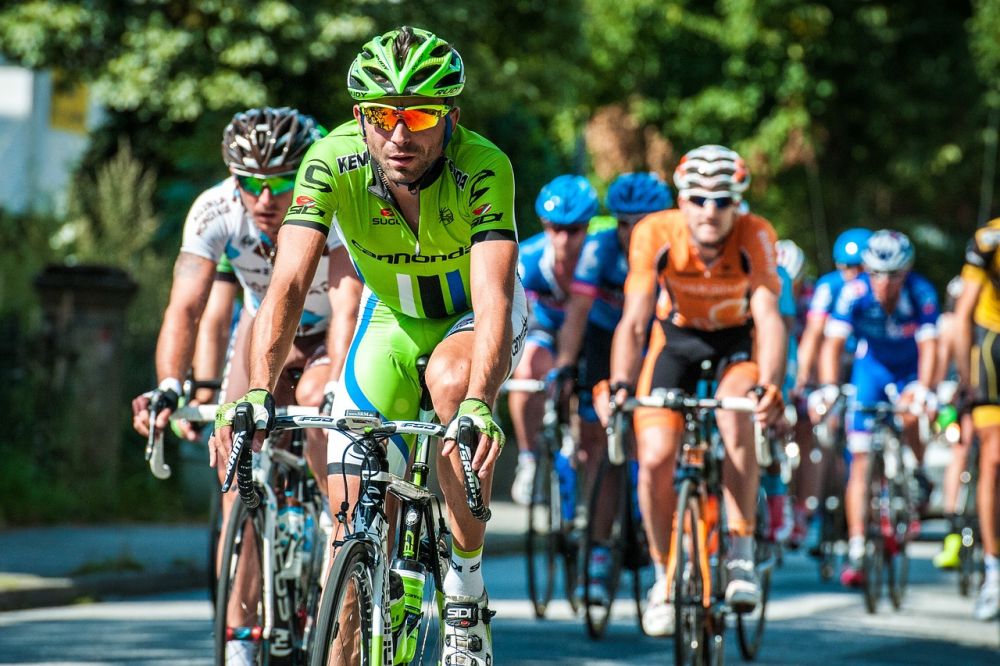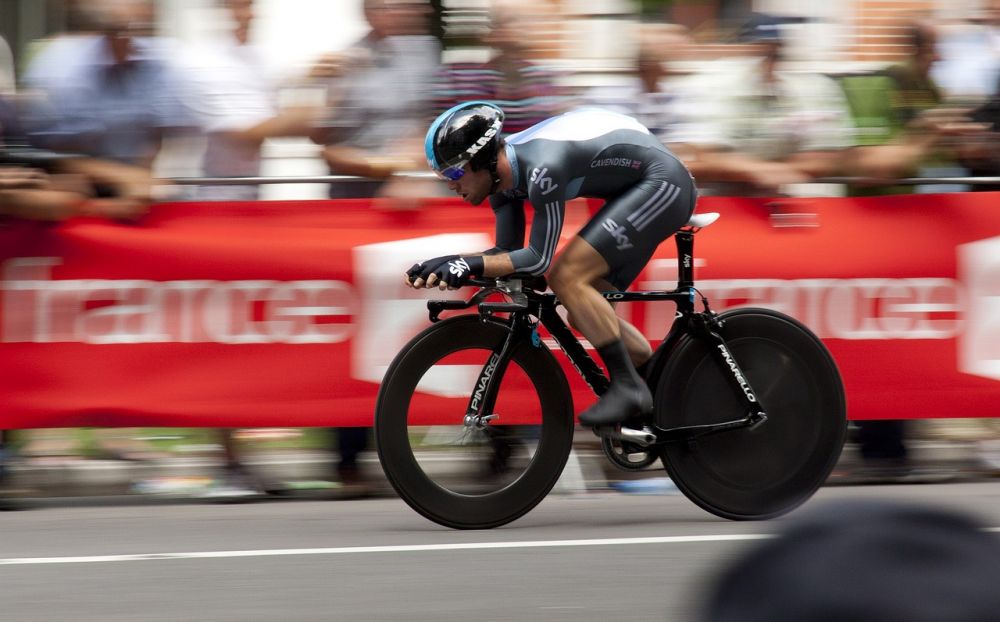Tour de France Classement: The Definitive Guide for Cycling Enthusiasts

Introduction
The Tour de France is arguably the most prestigious cycling race in the world, captivating sports and leisure enthusiasts alike. Central to this iconic event is the “Tour de France Classement”, a term that holds significant importance for both professional cyclists and avid fans. In this comprehensive article, we will delve into the ins and outs of the Tour de France Classement, providing crucial insights and a historical overview that will deepen your understanding of this captivating aspect of the race.
What is the Tour de France Classement?

The Tour de France Classement refers to the overall classification of the race, also known as the General Classification (GC). It determines the rider who has covered the entire distance of the race in the shortest amount of time. The leader of the general classification wears the prestigious “Yellow Jersey” (Maillot Jaune), symbolizing the determination, grit, and superiority of the rider. The Tour de France Classement encompasses each stage’s finishing times, intermediate sprint points, mountain points, and time bonuses awarded.
Historical Evolution of the Tour de France Classement
The Tour de France has a rich history dating back to its inaugural edition in 1903. The General Classification has evolved and transformed over time, reflecting the changing dynamics of the race and the sport of cycling as a whole.
Early Years: From 1903 to 1914
During the initial years of the Tour de France, the General Classification was calculated by adding up the stage winners’ times. The leader was identified by wearing a green armband. This method was simplistic but laid the groundwork for the future development of the classification system.
Interwar Period: From 1919 to 1939
After the hiatus caused by World War I, the Tour de France resumed in 1919 with some significant changes to the Classement. The introduction of time differences between riders allowed for a fairer assessment of their capabilities. The leader’s yellow jersey made its first appearance in 1919, adding a layer of visual distinction to the race.
Post-War Era: The Modern Tour de France Classement
In the post-war era, the General Classification underwent further refinements, paving the way for its current format. Time trials, where riders race individually against the clock, were introduced in the 1930s, providing a unique challenge to riders. Time bonuses for intermediate sprints and mountain stage victories were also introduced, enhancing the strategic aspect of the race.
Since the 1960s, the Tour de France has utilized a more advanced timekeeping system, including the calculation of average speeds, eliminating the need for time allowance at the finish line. The use of more precise equipment and technological advancements have further enhanced the accuracy and integrity of the Classement.
Structure and Points System
The Tour de France Classement adopts a points-based system to determine the leader of the race. Riders accumulate points based on their finishing position in each stage, the time they cross intermediate sprint lines, and the points they earn for being the first to reach designated mountain summits. Time bonuses are also awarded, providing a crucial tactical element to the race.
Bullet Points for Featured Snippet:
– Tour de France Classement, also known as the General Classification, determines the overall winner of the race.
– The leader wears the prestigious Yellow Jersey (Maillot Jaune).
– From 1903 to 1939, the Classement was based on stage winners’ times.
– The introduction of time differences and the yellow jersey took place in the interwar period.
– Post-World War II, time trials, time bonuses, and mountain points were incorporated.
– Since the 1960s, advanced timekeeping systems have improved accuracy.
– Points are earned based on stage finishes, intermediate sprints, mountain summits, and time bonuses.
Conclusion
The Tour de France Classement embodies the heart and soul of the race, determining the ultimate champion and showcasing the finest talents in cycling. Understanding its historical evolution and the intricate points system is key to fully appreciating the race’s intensity and drama. Now armed with a comprehensive knowledge of the Tour de France Classement, you can appreciate the achievements and strategies of the riders as they navigate the challenging terrain and chase their dreams of victory. So, grab your yellow jersey and immerse yourself in the excitement of cycling’s greatest event!





